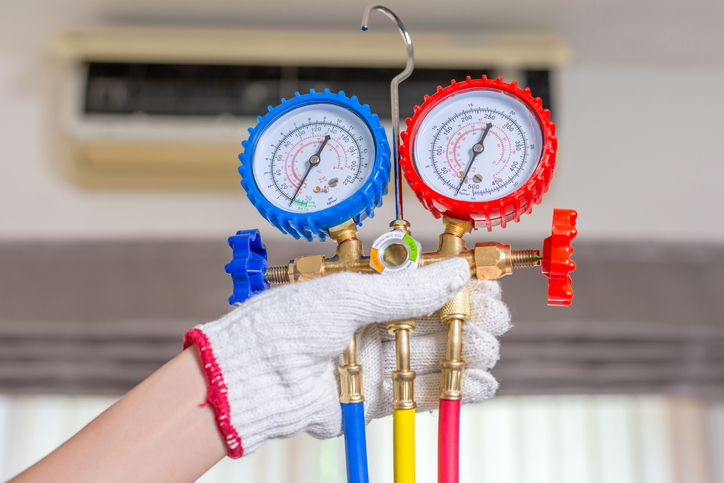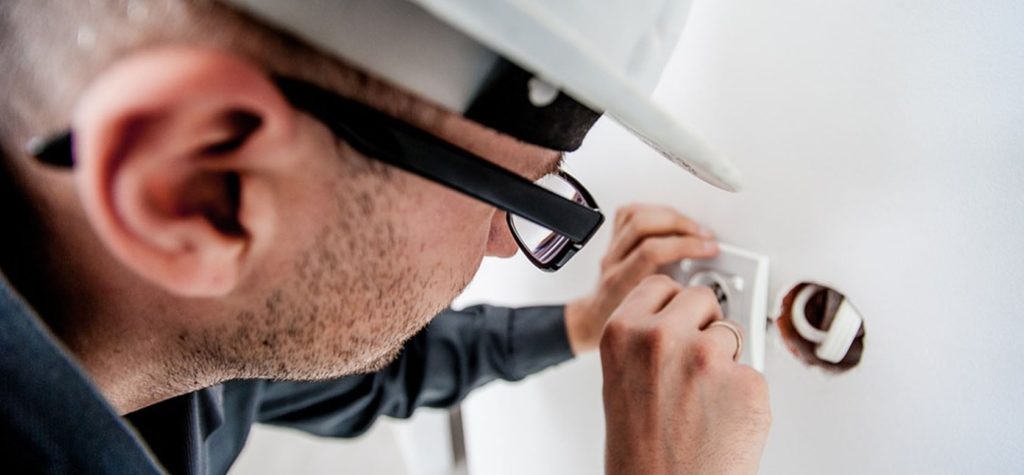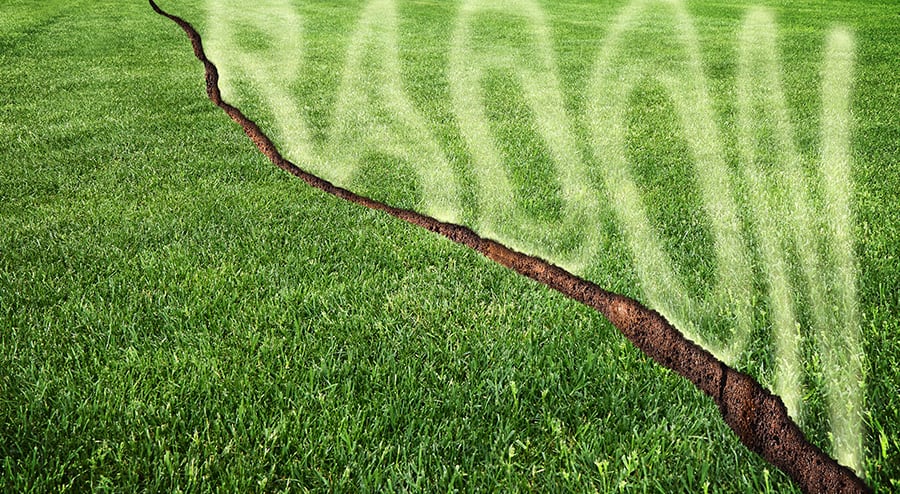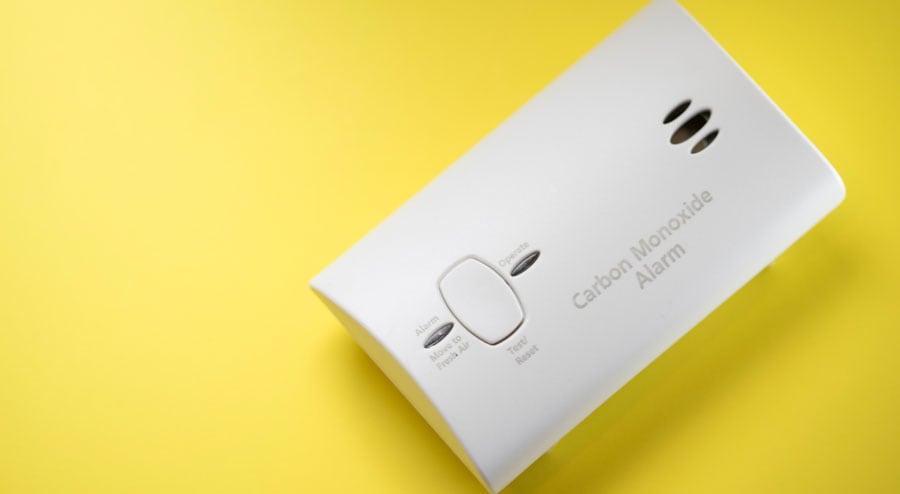Radon gas is a naturally occurring radioactive gas that’s tasteless, colorless, and odorless. It is produced by the decay of uranium in soil, rock, and water, and it seeps into homes through cracks and holes in the foundation. When trapped indoors, radon can accumulate to levels that pose a significant health risk.

The health implications of radon exposure are severe, as the gas is classified as a carcinogen by both the U.S. Environmental Protection Agency (EPA) and the World Health Organization (WHO). Prolonged exposure to high levels of radon gas can lead to lung cancer, making it the second leading cause of lung cancer after smoking. The risk increases for smokers exposed to high radon levels, creating a synergistic effect that further exacerbates health risks. The EPA estimates that radon causes about 21,000 lung cancer deaths each year in the United States, emphasizing the importance of regular home radon testing and appropriate mitigation measures.
The Basics of Home Radon Testing
Homeowners have the option to either hire professional services or use do-it-yourself (DIY) kits for radon testing. While professional testing includes the benefit of expert consultation and mitigation advice, DIY radon test kits offer an affordable and convenient alternative. These kits, available from brands like First Alert or Safety Siren, can be bought for approximately $15 to $40, providing an economical option for homeowners to assess radon levels.
Duration of Radon Tests
Radon tests can be either short-term or long-term. The former lasts from 2 to 7 days and provides a quick snapshot of radon levels, while the latter lasts 90 days or more, offering a more comprehensive understanding of average radon levels.
Differences between Short-Term and Long-Term Radon Testing
Short-term tests might not accurately represent average radon levels, especially if performed during unusual weather or seasonal conditions. Long-term tests, on the other hand, provide a more accurate representation of average radon levels. AccuStar and Radtrak are brands known for their long-term radon test kits, which usually cost between $25 to $75.
Frequency of Radon Testing
According to the Environmental Protection Agency, radon testing should be performed every two years due to possible fluctuations in radon levels. Changes in your home, weather, or soil conditions can affect these levels. It’s also important to conduct a test following any major home renovations or prior to moving into a new home.
Overview of Home Radon Testing Kits
Home radon testing kits come with specific instructions. Once the testing period is complete, the kit is sent to a laboratory for analysis. Results are then sent back to the homeowner, allowing them to understand whether they’re living in a safe environment or whether radon mitigation measures are needed.
Understanding Radon Levels
The U.S. Environmental Protection Agency (EPA) has established that a radon level of 4 picocuries per liter (pCi/L) or higher is unsafe. However, they also stress that any exposure to radon carries some risk; thus, homeowners should aim to reduce radon levels as much as possible. There’s no known safe level of radon, and even homes with radon levels below 4 pCi/L can still pose health risks over time.
Possibility of a Radon-Free Home
It’s important to remember that technically, no home can be entirely radon-free. Since radon is a naturally occurring radioactive gas produced by the breakdown of uranium in soil, rock, and water, trace amounts can be found nearly everywhere. Radon levels can vary from one house to another, even in the same neighborhood. Although it’s impossible to eliminate radon completely, steps can be taken to reduce its concentration to a minimal and safer level. This is where home radon testing and proper mitigation techniques come into play, ensuring the safety and health of homeowners.
Radon Risks by Location
The geographical location of a home can significantly influence radon levels. Certain areas, particularly those with a high concentration of uranium in the soil, can be more prone to higher radon levels. The EPA has mapped regions across the U.S. into three zones based on potential radon risk, with Zone 1 having the highest potential.
Probability of Higher Radon Levels in Different Home Areas
Within a home, radon levels can vary. Areas that are closest to the ground, such as basements and first floors, are typically at a higher risk due to their proximity to the soil. However, radon can still be found in higher levels of a building, especially if there are pathways for the gas to travel, like cracks in the foundation or openings around pipes.
Influence of Building Floors on Radon Levels
The concentration of radon generally decreases as you move up in a building. As radon gas is heavy, it tends to accumulate in lower areas. However, this doesn’t mean upper floors are completely safe, especially in homes with poor ventilation, where radon can build up over time.
Seasonal or Weather-Related Variations in Radon Levels
Seasonal and weather-related variations can also impact radon levels. During colder months, when homes are more likely to be sealed up for warmth, radon levels can increase due to limited ventilation. Furthermore, weather conditions such as wind and heavy rains can cause pressure differences that affect how radon gas moves through the soil and into homes. Regular testing across different seasons can provide a more accurate measure of a home’s year-round radon exposure.
Factors such as geographical location, the specific areas within a home, the height above ground level, and even seasonal weather conditions can significantly influence radon concentrations. It underscores the importance of comprehensive and regular radon testing, not just in high-risk areas or lower floors but throughout the entire home, across all seasons. Being aware of these variables empowers homeowners to better identify and manage potential radon risks, contributing to healthier and safer living environments.
Identifying and Mitigating Radon Risks
If a home tests high for radon (at or above 4 pCi/L), it’s critical to take immediate steps. These include hiring a certified radon mitigation professional to assess the property and develop a remediation plan.
Common Radon Mitigation Techniques
The most common technique is active soil depressurization (ASD), which uses a vent pipe system and a fan to remove radon from beneath the house and expel it outside. This service can cost anywhere from $800 to $2500, depending on the complexity of the system.
Ensuring Functionality of a Radon Mitigation System
Post-installation, homeowners should retest their homes to ensure the mitigation system’s effectiveness. Most mitigation systems include a monitoring device that signals if the system is working correctly.
Reduction of Radon Risk in Basements and Crawl Spaces
For basements and crawl spaces, sealing cracks in the floors and walls can help. Radon-resistant ventilation systems, such as the ones offered by Tjernlund or Fantech, can also be installed to reduce radon levels.
Radon Mitigation in New Constructions
In new constructions, radon-resistant building techniques can be used. These include installing a gas-permeable layer beneath the foundation, plastic sheeting, and a vent pipe.
Impact of Home Renovations on Radon Levels
Home renovations can inadvertently create new entry points for radon or disrupt existing mitigation systems. Post-renovation, homeowners should conduct another radon test to ensure levels remain safe.
Role of Indoor Plants in Radon Levels
While certain indoor plants like the Spider Plant and the Areca Palm can improve air quality, their effect on radon levels is negligible. The main line of defense against radon remains proper testing, detection, and professional mitigation.
Identifying and mitigating radon risks is a multi-faceted process, ranging from immediate action when high radon levels are detected to the deployment of common mitigation techniques such as active soil depressurization. Ensuring the functionality of these systems post-installation is crucial for long-term safety. Homeowners must also be cognizant of the potential impacts of renovations on radon levels and should prioritize radon mitigation in both existing homes and new constructions. Although indoor plants have some air purifying qualities, they should not be relied upon as a primary radon mitigation strategy. Instead, a commitment to regular radon testing and professional mitigation when necessary is the key to maintaining a safe, radon-free living environment.
Cost Range for Radon Testing and Mitigation
The cost of radon testing varies depending on the method. DIY radon test kits can range from $15 to $60, with brands like Airthings, First Alert, and Pro-Lab providing reliable options. Professional radon testing, which can give more accurate results, typically costs between $150 and $800. If radon mitigation is needed, homeowners can expect to pay between $800 and $2,500, depending on the severity of the radon levels and the complexity of the mitigation system.
Considerations in Choosing a Professional Radon Service
When choosing a professional radon service, it’s vital to consider factors such as certification, experience, and customer reviews. Certifying bodies like the National Radon Safety Board (NRSB) and the National Radon Proficiency Program (NRPP) ensure that professionals have met rigorous training and competency standards. It’s also advisable to ask for a detailed estimate and a guarantee that the mitigation system will reduce radon levels below the EPA’s action level.
All these considerations underscore the economic aspects of radon management while emphasizing the paramount importance of securing a safe living environment.
Radon and Real Estate
Legally, sellers are generally required to disclose any known information about radon in the home, a mandate that extends to past test results, undertaken mitigation efforts, and post-mitigation test results. Although the specific requirements can vary from state to state, transparency regarding past radon issues is universally seen as crucial to fostering trust in the transaction and avoiding potential future legal liability.
The potential impact of radon issues on a property’s marketability often leads real estate professionals to advise sellers to rectify any radon-related problems before listing the property. Employing mitigation services like those offered by renowned firms such as SWAT Environmental or Radon Be Gone can serve to reassure potential buyers about the home’s safety and, by extension, maintain its market value. Furthermore, some real estate professionals even advocate for pre-listing radon testing as part of a comprehensive home inspection process, enabling sellers to address any problems proactively. Therefore, navigating the intersection of radon and real estate requires a nuanced understanding of disclosure laws and a commitment to prioritizing safety over the transaction.
Conclusion
Managing radon risks is an essential aspect of maintaining a safe home environment. As an invisible and odorless gas, radon’s potential danger often goes unnoticed until it’s too late. However, with the right knowledge and tools at hand, homeowners can effectively identify and mitigate these risks. Remember, while DIY test kits are useful for initial screening, professional testing and mitigation services offer more reliable and comprehensive solutions. If you’re unsure about the presence of radon in your home, don’t hesitate to purchase a test kit or hire a professional service. If you’ve tested positive, seek out a certified radon mitigation expert to help you navigate the process. Stay informed, stay proactive, and make your home a radon-free zone for you and your family.




